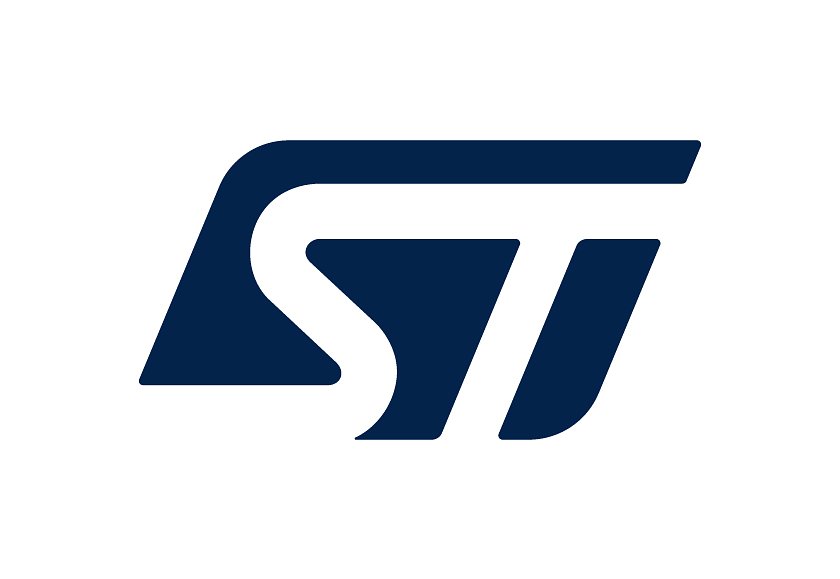
STMicroelectronics’ Sensor Fusion Paves Way for Smarter, More Reliable Industrial IoT
New 3-in-1 motion sensor from STMicroelectronics combines dual-range acceleration with edge AI, promising enhanced performance, lower power, and supply chain resilience for Industry 4.0.
STMicroelectronics’ Sensor Fusion Paves Way for Smarter, More Reliable Industrial IoT
By David Patterson, Industrial Innovation: Tech, Trends & Transformation
Geneva, Switzerland – November 6, 2025 – As industrial environments become increasingly connected and data-driven, the demand for robust, accurate, and intelligent sensors is soaring. STMicroelectronics (ST) is responding with the ISM6HG256X, a new 3-in-1 motion sensor poised to redefine the capabilities of Industrial IoT (IIoT) applications. This isn’t just another accelerometer; it’s a fusion of dual-range sensing, integrated edge AI, and a commitment to long-term supply chain stability – a trifecta increasingly critical for Industry 4.0 success.
At the heart of the ISM6HG256X is its ability to simultaneously measure both low-g and high-g acceleration. Traditional sensors often require separate components or cumbersome switching to cover this range, limiting performance and increasing system complexity. “The need for a single device capable of handling both subtle vibrations and sudden impacts is becoming prevalent in many industrial applications,” explains a leading sensor analyst. “This allows for more nuanced data capture and more reliable system response.”
Beyond Traditional Sensing: The Power of Sensor Fusion
The ISM6HG256X goes beyond simply combining ranges. It incorporates a dedicated Machine Learning Core (MLC) directly onto the sensor, enabling edge AI processing. This local intelligence unlocks several key benefits. First, it drastically reduces latency, critical for real-time control and safety systems. “By processing data at the source, you eliminate the delays associated with sending data to the cloud,” says a developer working with industrial robotics. “This allows for faster reaction times and more precise control.”
Second, edge AI significantly reduces power consumption. Transmitting raw data to the cloud requires considerable energy, whereas on-device processing allows for selective data transmission, focusing only on relevant insights. This is particularly vital for battery-powered devices used in remote monitoring and wireless sensor networks.
The sensor’s adaptive self-configuration (ASC) feature further enhances performance in dynamic industrial environments. It automatically adjusts parameters to optimize data capture under varying conditions, ensuring consistent and reliable results. “The ability to adapt to changing conditions is essential for industrial sensors,” notes one industry expert. “Vibrations, temperature fluctuations, and electromagnetic interference can all affect performance. The ASC feature mitigates these issues, ensuring data integrity.”
Addressing Supply Chain Concerns – A Growing Priority
While technological innovation is crucial, many industrial customers are increasingly focused on supply chain resilience. The global semiconductor shortage of recent years has highlighted the vulnerabilities of relying on single-source suppliers and just-in-time inventory management. STMicroelectronics is directly addressing these concerns with its longevity program.
“We understand that industrial customers need components that will be available for years, even decades,” said a spokesperson for STMicroelectronics. “Our longevity program guarantees component availability for at least 10 years, providing peace of mind and reducing the risk of obsolescence.”
This commitment is backed by a vertically integrated manufacturing model and a strategic inventory management system. “By controlling more of the supply chain, we can mitigate disruptions and ensure a consistent supply of components,” explains a supply chain analyst. “This is particularly important for industrial customers who rely on long-term stability.”
Applications Spanning Industries
The potential applications of the ISM6HG256X are diverse. In robotics, it enables more precise control and collision avoidance. In worker safety, it enhances the accuracy of wearable devices for fall detection and ergonomic monitoring. In predictive maintenance, it detects subtle vibrations that indicate potential equipment failures. In asset tracking, it provides more reliable location data for improved logistics and inventory management.
“We are seeing a growing demand for sensors that can deliver both high performance and long-term reliability,” says a developer working on a predictive maintenance system. “The ISM6HG256X addresses both of these needs, making it a compelling solution for our applications.”
Looking Ahead
The launch of the ISM6HG256X underscores a growing trend in the industrial sensor market: the convergence of sensing, processing, and intelligence. As industrial environments become increasingly connected and data-driven, sensors will play an even more critical role in driving efficiency, improving safety, and unlocking new levels of automation. STMicroelectronics’ commitment to innovation, coupled with its focus on supply chain resilience, positions the company as a key player in this evolving landscape. The device is now available for sampling, with full production expected in early 2026, potentially accelerating the adoption of advanced sensing solutions across a range of industrial applications.
While the initial price point is slightly higher than competing solutions, analysts predict the long-term benefits – including reduced maintenance costs, improved system reliability, and enhanced safety – will justify the investment for many industrial customers.
📝 This article is still being updated
Are you a relevant expert who could contribute your opinion or insights to this article? We'd love to hear from you. We will give you full credit for your contribution.
Contribute Your Expertise →